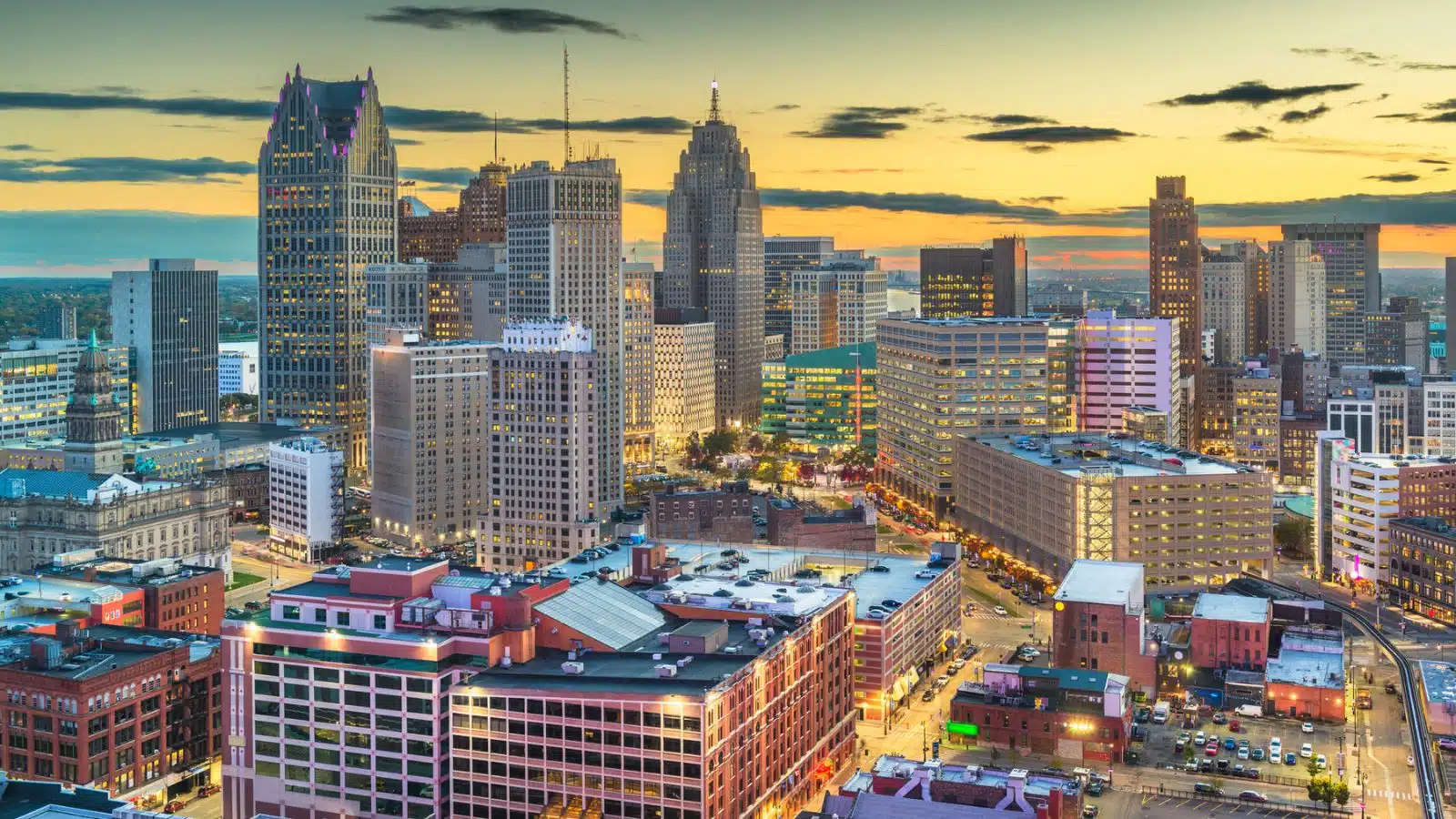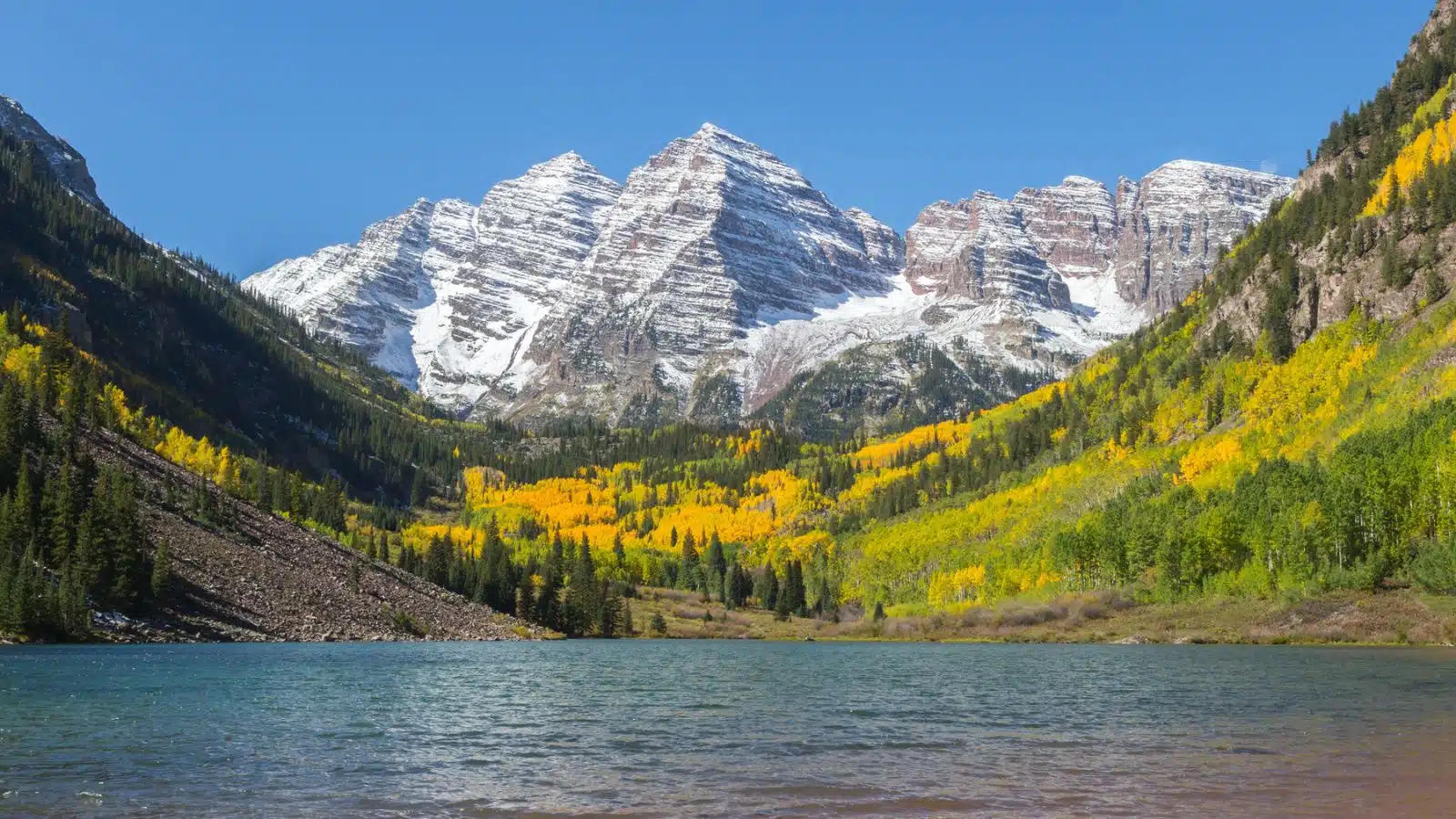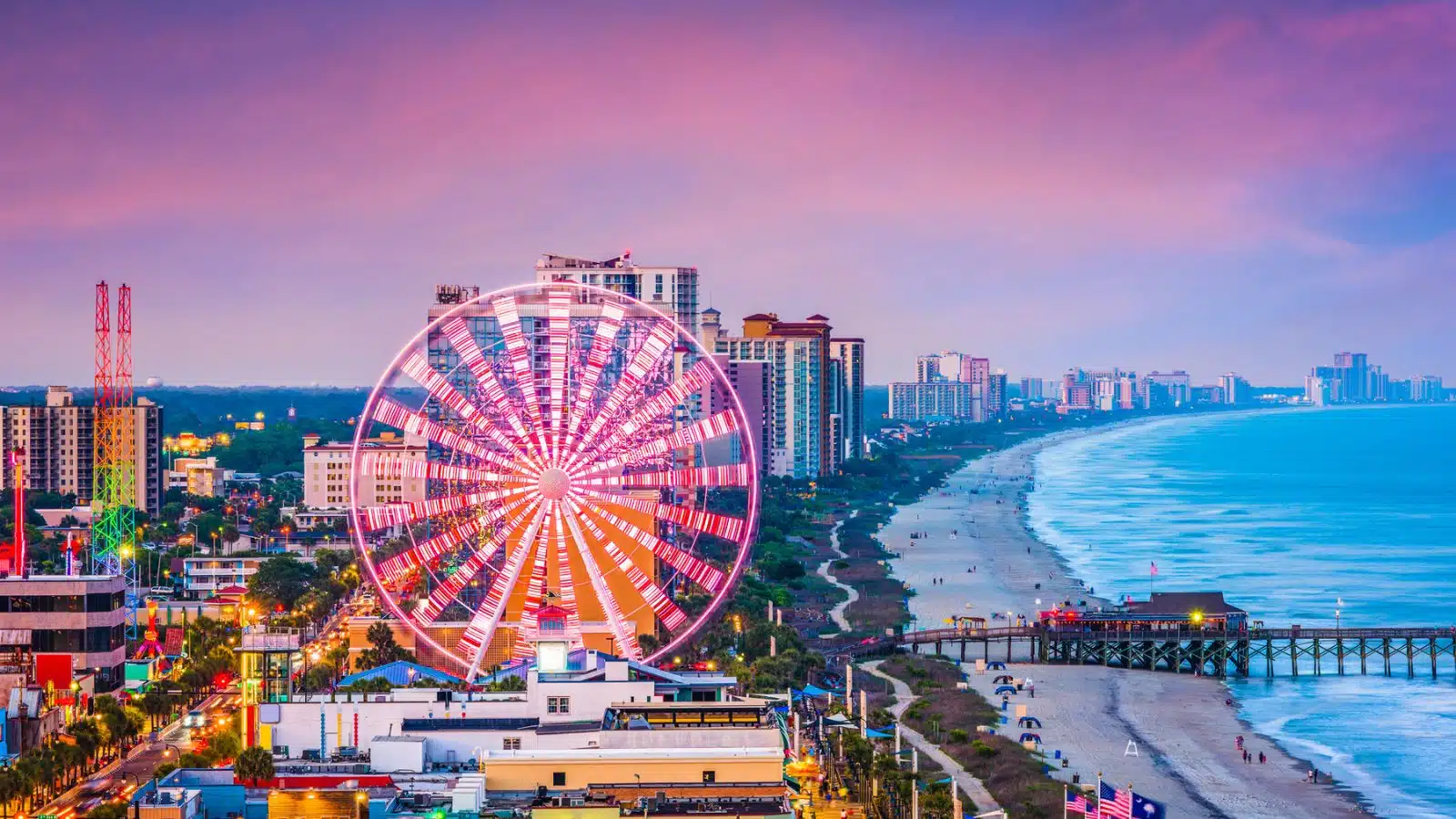Classic vacation destinations that were once affordable have become too expensive for middle-class families. This change is important because it limits the travel options for many people, making it harder for families to create lasting memories and experience new places. When traditional vacation spots become financially out of reach, it can lead to fewer opportunities for relaxation, adventure, and cultural experiences, which are vital for personal growth and family bonding.
1. Yosemite National Park, California

A basic campsite at Yosemite now costs families $36 per night, a 50% increase from 2019. According to a 2022 National Park Service report, the agency is grappling with aging infrastructure and limited funding, which has contributed to the increase in fees. The rising costs extend beyond accommodation – parking fees hit $35 daily in 2023. Making reservations requires planning 6 months ahead, with campsites filling up within minutes of release. Local motels outside the park have followed suit, with rates jumping from $89 to over $200 per night since 2020.
2. Cape Cod, Massachusetts

Beachfront rentals in Cape Cod now average $4,800 weekly during summer, reports The Boston Globe. Family-run motels have vanished, replaced by boutique hotels charging $450+ nightly. Vacation homes that once rented for $2,000 weekly in 2018 now command $7,000+. Small cottages converted into luxury properties have pushed out middle-class families who visited for generations. Local restaurants have shifted from casual clam shacks to upscale dining spots where dinner for four easily exceeds $200.
3. Lake Tahoe

Soaring real estate prices in Lake Tahoe have transformed the region. Budget-friendly ski lodges vanished as luxury resorts moved in, pushing daily lift tickets to $229. Family-owned restaurants closed their doors while high-end establishments flourished. Hotels that charged $150 nightly in 2018 now demand $500+. The influx of tech industry remote workers has created a ripple effect, driving up costs for everything from groceries to gear rentals. The once family-friendly, accessible nature of the region is slowly giving way to a more exclusive.
If you’ve enjoyed reading our content and are passionate about learning wealth, managing your finances, and achieving financial freedom, we’d love for you to join our community! Click here to follow Invested Wallet for more.
4. The Florida Keys

Quaint fishing motels in the Florida Keys have steadily disappeared. According to USA Today, many cherished local establishments have been sold to developers, contributing to rising prices across the region as redevelopment projects reshape the local landscape. Room rates climbed from $159 to $479 since 2018. Waterfront dining now costs 40% more than five years ago. RV parks transformed into luxury glamping sites, with nightly rates hitting $225. Local seafood shacks became trendy bars. Simple activities like boat rentals doubled in price, reaching $850 daily.
5. Outer Banks, North Carolina

Storm damage in the Outer Banks led to massive rebuilds, transforming modest beach cottages into luxury homes. Investment companies bought 60% of available properties since 2020. Beach access homes underwent extensive renovations, pricing out families who visited annually. Simple oceanfront three-bedroom houses command $6,000+ weekly during peak season, triple their 2018 rates. Banks and financial institutions are beginning to recognize the impact of climate change on housing markets, leading to more cautious lending practices in high-risk areas.
6. Yellowstone Adjacent Towns

Small hotels near Yellowstone’s west entrance now charge $400+ nightly during summer, up from $145 in 2019. Food costs in gateway towns shot up 75% since 2020. A family of four spends $985 daily on basics like lodging, meals, and park fees. Local coffee shops turned into trendy cafes, while affordable diners shut down. Basic groceries cost 40% more than nearby cities. The overall shift reflects broader economic forces, including labor shortages and rising transportation costs, making the region increasingly expensive for both locals and travelers alike.
7. Martha’s Vineyard, Massachusetts

Summer homes in Martha’s Vineyard that rented for $3,000 weekly in 2018 now fetch $12,000+. Groceries cost 60% above mainland prices. According to Boston Magazine, the surge in demand for housing has created an imbalance in the market, with a significant portion of available properties being purchased by wealthy buyers since 2020, contributing to rising prices and increased competition. Local ice cream shops charge $8 per scoop. Simple sandwich shops morphed into wine bars. Bike rentals hiit $75 daily.
8. San Diego Beach Communities

Families once rented San Diego beach bungalows for $200 nightly. Now? They’re gone. Parking meters doubled to $8 hourly. Seaside cafes charge $22 for basic breakfasts. Beach gear rentals cost families $125 daily. Modest hotels vanished, replaced by swanky resorts starting at $600. Even food truck tacos now cost $7 each. Coastal restaurants require reservations weeks ahead. To top it off, coastal restaurants often require reservations weeks in advance, making it clear that the area is catering more to high-end tourists than to local families.
9. Mackinac Island, Michigan

Horse-drawn carriage rides on Mackinac Island cost $85, up from $35 in 2019. Ferry tickets hit $38 round-trip. Basic lunch spots transformed into formal restaurants. Family suites that cost $250 five years ago now demand $650+ nightly. Even simple ice cream cones cost $9. Despite these increases, Mackinac Island continues to attract visitors, offering a unique blend of historical charm and natural beauty. However, potential tourists should be prepared for the elevated costs associated with its attractions and services.
10. Newport, Rhode Island

Waterfront dining in Newport requires $200+ per couple.Beach parking permits cost $150 weekly. Historic mansions raised tour fees to $45 per person. Local delis became high-end bistros. Harbor cruises doubled to $90. Small B&Bs that charged $175 nightly in 2018 now ask $495+. Street parking meters demand $10 hourly. Even street parking has become a costly affair, with meters now charging $10 per hour, further highlighting the premium attached to spending time in Newport. These changes paint a picture of a city that has embraced luxury tourism.
11. Aspen, Colorado

Once a quiet spot for silver miners, Aspen’s transformation has stunned locals and visitors alike. Luxury hotels now fill the streets where workers’ cottages stood. According to CNBC’s coverage of the luxury real estate market, Aspen continues to attract affluent buyers, contributing to significant increases in property values, although specific average home price figures were not detailed in the report. Local restaurants and shops struggle as wealthy out-of-towners snap up properties. The town’s character shifts as middle-class residents move away, leaving behind a playground for the ultra-wealthy.
12. Bar Harbor, Maine

Waves of wealthy buyers have drastically changed Bar Harbor’s landscape. Small fishing boats still dot the harbor, but local families find themselves priced out. A basic three-bedroom home now commands $800,000, up from $300,000 in 2019, as reported by local Maine housing data. Tourism workers commute from hours away. The limited buildable land near Acadia National Park makes new construction nearly impossible, driving prices even higher. The rise in property values has also displaced the traditional working-class population.
13. Hawaii’s North Shore, Oahu

The legendary surf breaks of Oahu’s North Shore still draw wave riders, but the surrounding area looks nothing like its past. Massive beachfront mansions have replaced modest bungalows. In 2022, short-term vacation rentals accounted for approximately 6% of Hawaii’s housing stock, with significant increases observed on islands like Kauai. Local surfers and families who’ve lived there for generations can’t afford to stay. Small markets and surf shops give way to high-end boutiques and restaurants. Additionally, there have been efforts to regulate short-term vacation rentals.
14. Myrtle Beach, South Carolina

South Carolina’s famous beach town shows signs of major change. Basic hotel rooms that cost $100 a night in 2018 now run $300 or more during peak season. Family-owned restaurants close as national chains move in. Budget-conscious visitors who came for decades now look elsewhere as costs climb. Economic studies on the area also highlight the long-term effects of this shift, noting that while tourism revenues may rise, the economic diversity and resilience of local businesses are being eroded. Additionally, the influx of chain establishments has led to concerns about the loss of the unique.
15. Lake George, New York

Summer crowds still flock to Lake George, but the experience costs far more than before. Family motels that defined the area for generations now sell to developers. According to regional tourism reports, accommodation prices have risen significantly since 2020, reflecting broader trends in the area’s rising costs, although specific percentage increases can vary by location and market conditions. Mini-golf courses and ice cream stands charge premium rates. The affordable family vacation spot transforms into an upscale destination, pushing out many longtime visitors.
Related: 50 Super Simple Side Hustle Ideas

Choosing a side hustle can be fun compared to getting a part-time job because they allow you to pursue what you’re actually interested in, like perhaps fitness or writing, while providing you flexibility!
Read more: 50 Super Simple Side Hustle Ideas (& How to Make Them Work)
Related: 20 Easy Ways to Raise A Credit Score Fast

This rating is one of the most common across the nation, and those who have it know that it creates a variety of lending difficulties. Thankfully, it is possible to improve your bad credit score past this subprime rating and get the loans that you deserve.
Read More: 20 Easy Ways to Raise A Credit Score Fast
Follow Invested Wallet For More

If you’ve enjoyed reading our content and are passionate about learning wealth, managing your finances, and achieving financial freedom, we’d love for you to join our community! Click here to follow Invested Wallet for more.
